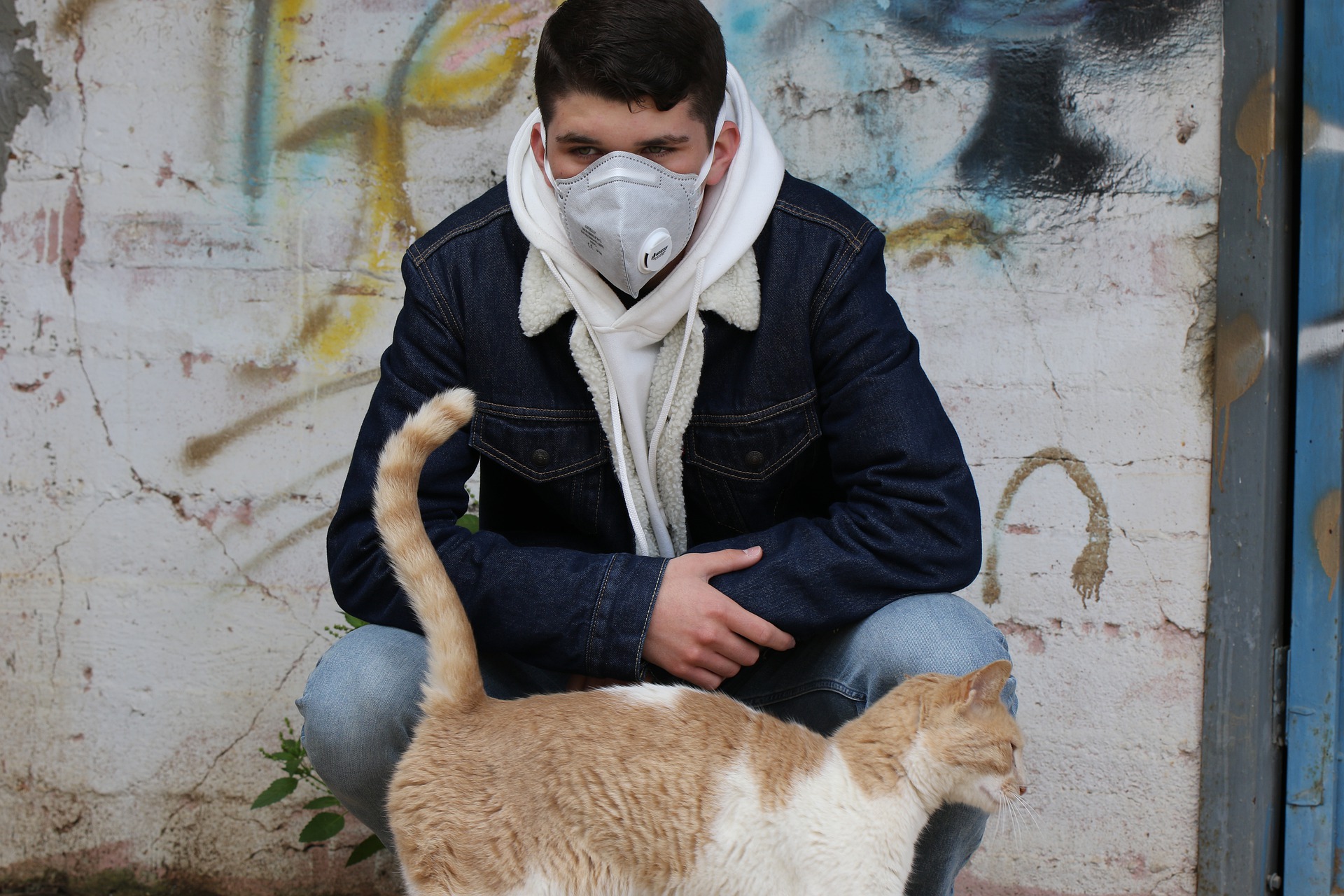Expert Reaction
These comments have been collated by the Science Media Centre to provide a variety of expert perspectives on this issue. Feel free to use these quotes in your stories. Views expressed are the personal opinions of the experts named. They do not represent the views of the SMC or any other organisation unless specifically stated.
Professor Jacqui Norris is from the Sydney School of Veterinary Science at The University of Sydney
Today there are reports of Malayan tigers and African lions in the Bronx Zoo infected with SARS-CoV-2, the virus that causes COVID-19, as a result of an interaction with an infected carer.
The small number of animals that have tested positive for SARS-CoV-2 are not involved in the spread of infection in humans.
Globally, there have been two cats and two dogs that have tested positive for SARS-CoV-2. These pets were living with infected human owners and the timing of the positive result demonstrates human-to-animal transfer. Virus culture on these pets was negative, meaning that an active virus was not present.
This is on a backdrop of many thousands of negative tests in cats, dogs and horses performed by IDEXX laboratories from COVID-19 active areas in across North America, South Korea and Europe.
If we are going to stop this pandemic we need to take social distancing seriously – that includes all household members, humans and pets. Despite the absence of any evidence to support the transmission from animals to humans, it’s a smart measure to isolate your whole family. If a member of the household becomes sick with COVID-19, they should be isolated from all members of the household, pets included.
Professor Glenn Browning is Director of the Asia-Pacific Centre for Animal Health and is a Redmond Barry Distinguished Professor in the Melbourne Veterinary School at The University of Melbourne
While there is some evidence that cats can be infected, they do not appear to transmit the virus efficiently to other cats. On the limited information available, dogs appear to be resistant to infection. People appear to pose more risk to their pets than they do to us



 Australia; NSW; VIC
Australia; NSW; VIC


